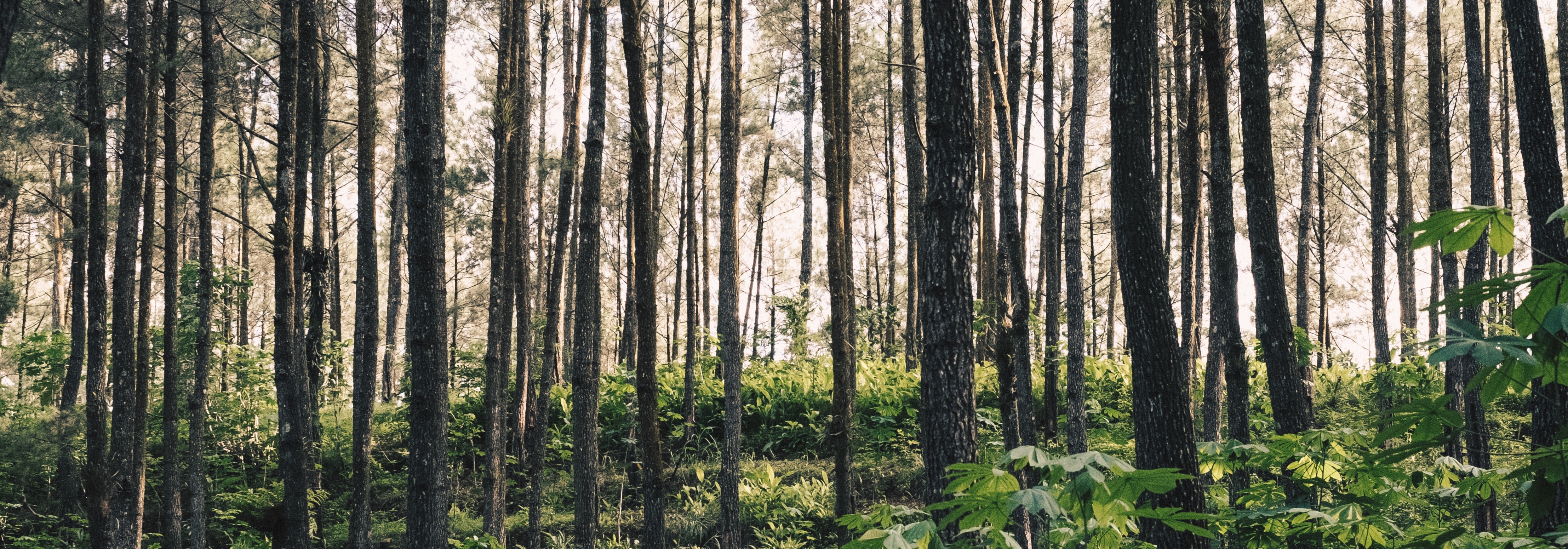WOODS IN PERFUMERY: A SIGNATURE SCENT
Since the dawn of time, wood has carried with it olfactory trails—earthy, dry, smoky, but also warm, round, and subtly floral. From every corner of the world, its scent has left a mark, becoming an essential part of perfumery’s noble vocabulary.
As base notes, woods ground the composition, giving depth and structure. Each type offers a singular, sensory journey—textured, textured, unforgettable.

CEDARWOOD — The Wild Classic
The most iconic wood in perfumery, Cedarwood hails from the Himalayas and releases a scent as dry as sap, as nostalgic as a pencil, as raw as fresh-cut shavings. It lends fragrances a bold, untamed soul—pairing effortlessly with citrus, florals, and fruits. In its essential oil, perfumers seek out cedrol, a prized molecule that brings body and elegance to compositions. Two fragrances that pay beautiful tribute to cedar: Eau des Merveilles by Hermès and La Nuit de l’Homme by Yves Saint Laurent.
SANDALWOOD — The Creamy Whisper
Where cedar is sharp and raw, Sandalwood is soft, milky, and undeniably sensual. Originating in India, sandalwood is now rare and protected, with most production sourced from Southeast Asia.
Revered in spiritual rituals, sandalwood has a mystical, enveloping aura. On its own, it remains gentle and subdued—often enhanced through modern synthesis to fully bloom in perfumery. Its creamy, sacred presence is most famously bottled in Santal 33 by Le Labo.
OUD — The Black Gold of the East
In those same Eastern lands lies another treasure: Oud, also known as Agarwood. From the Aquilaria tree, oud is born when the wood becomes infected by a rare fungus, producing a resin that is dark, fragrant, and sacred.
The result? A scent mysterious, animalic, earthy and smoky—a perfume within a perfume. Oud has become a modern icon of perfumery, but is seldom used in its pure form due to its rarity and cost. Most creations today are reconstructions. Still, its magic endures in creations like Oud Essentiel by Guerlain or Oud Wood by Tom Ford.
À la découverte des plus belles matières premières olfactives, en vidéo par Firmenich.
PATCHOULI — Earthy, Iconic, and Reimagined
Though technically not a wood, Patchouli earns its place here for its deeply woody, camphoraceous character. Grown in Asia, this aromatic leaf became the scent of a generation in the 1970s, symbolizing freedom and counterculture.
Originally used to scent the cashmere shawls arriving from the East, patchouli has since evolved. Today, perfumers prefer its “heart” extraction—cleaner, smoother, less dusty, yet still seductively rich. Coty first celebrated it in chypre fragrances; later, it found new fame in Angel by Thierry Mugler.
Vidéo par Firmenich.
VETIVER — The Rooted Elegance
Vetiver is not wood, but root—from a tall green grass cultivated in India, Java, and Réunion. Its scent is unmistakable: dry, woody, smoky, yet kissed with the brightness of grapefruit. It’s both fresh and grounding, refined and rugged. A favorite among perfumers for its ability to anchor compositions with character.
Did you know? Vetiveryl acetate, a single molecule extracted from the root, can cost far more than the raw material itself. With nutty, smoky nuances, it adds elegance to any base. Vétiver by Guerlain remains one of the most graceful expressions of this noble root.
Deux magnifiques ouvrages à découvrir sur tout cet ecosystème olfactif, par la revue NEZ.
There are so many others in perfumery’s forest… Guaiac wood, smoky with sweet vanilla hints, birch wood, leathery and intense pine, bright and resinous, like sap rising in spring.
Whether they bring warmth, structure, or soul, woods are indispensable to perfumery. They lend mystery, balance, and longevity—an anchor for the emotions evoked by every top and heart note.
As nature continues to inspire, perfumers delve deeper into their forests—seeking new expressions, new silhouettes, new voices in wood. From shadowy oud to creamy sandalwood, from dry cedar to luminous vetiver, these noble materials continue to stir the imagination—and scent the world.



